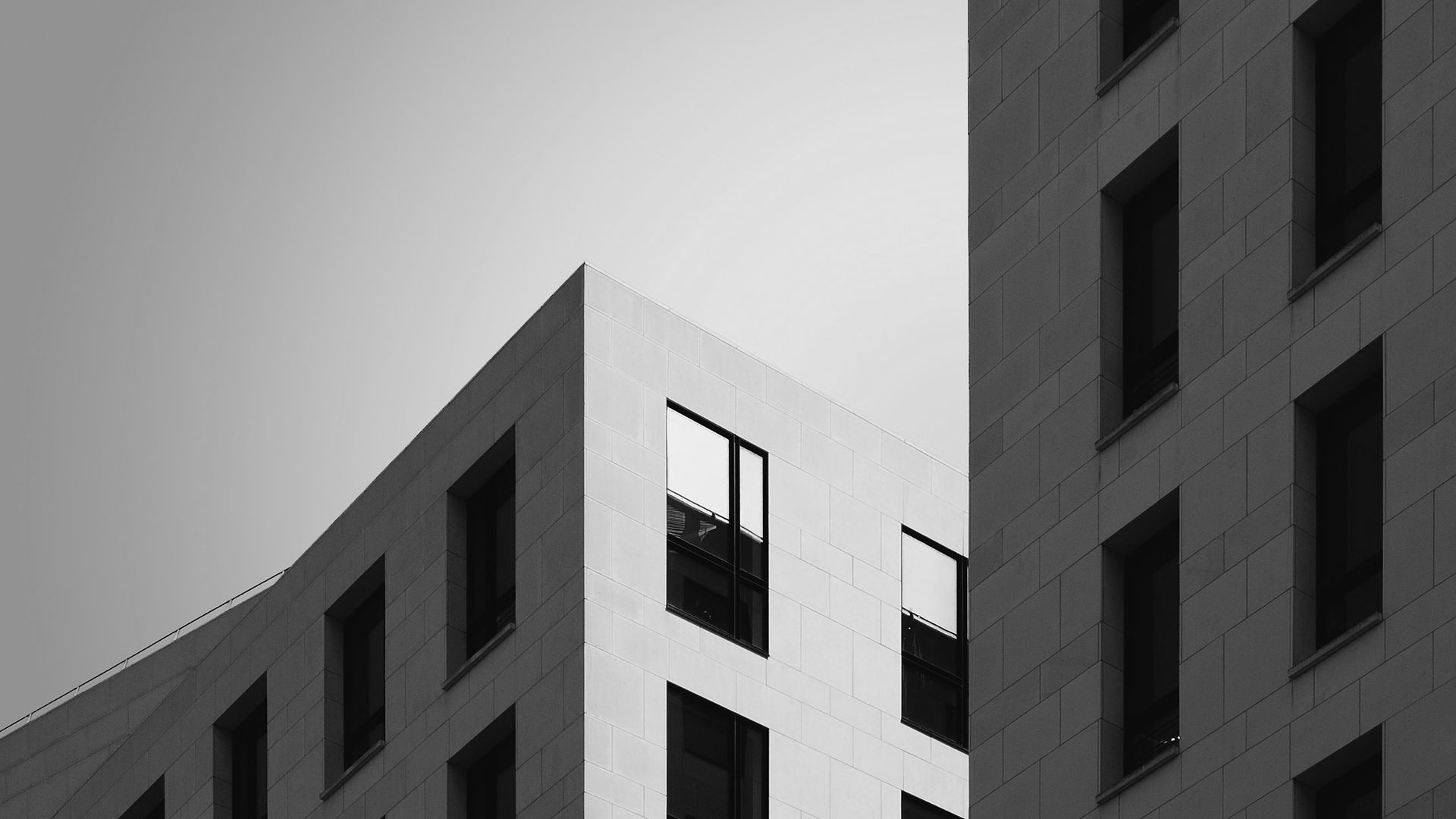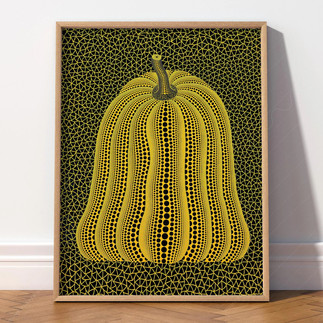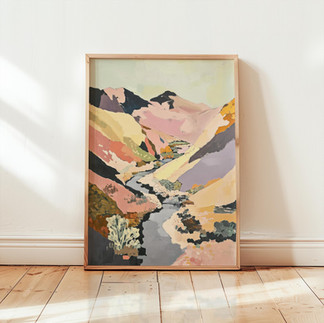🎨 How to Choose the Perfect Artwork for Your Home
- jackindesign
- 5 days ago
- 4 min read
Art is one of the most personal and powerful ways to express your style. It adds character, mood, and meaning to your home — transforming plain walls into a reflection of who you are. Whether you’re starting fresh or styling a finished space, choosing the right artwork can completely change how a room feels.
Below are some professional yet easy-to-follow tips to help you choose, size, and display artwork beautifully in your home.
🖼️ 1. Start with the Type of Art You Love
Art comes in many forms — from classic paintings to playful digital prints — and the key is to find what resonates with you.
Abstract Art: Great for creating mood and movement through shapes and colour.
Pop or Fun Bright Art: Adds energy, humour, and personality.
Photography: Brings realism, nostalgia, or travel inspiration.
Nature & Landscape: Adds a sense of calm and connection to the outdoors.
Minimalist Art: Creates balance and simplicity, ideal for modern interiors.
Take your time to explore different styles. The art you choose should make you feel something — that’s when it becomes truly meaningful in your home.
💭 2. What to Consider Before Buying
Mood & Emotion
Artwork has emotional power, so think carefully about the feeling you want to bring into your home. Calm, joyful, inspiring, or uplifting tones work beautifully for most living spaces.
Be mindful not to choose artwork with overly strong, aggressive, or negative expressions, especially pieces that feel disturbing, chaotic, or unsettling.These types of artworks can be powerful in galleries or commercial settings, but they’re generally not suitable for home environments — especially living rooms, bedrooms, or any space where you want comfort, relaxation, and positive energy.
Your home should feel safe, balanced, and welcoming — choose pieces that support the atmosphere you want to live in every day.

Colour Palette
Many designers actually start their room concept with a single artwork. Once they find a piece they love, they’ll pull colour inspiration from it — using its tones to guide wall colours, fabrics, and accessories.This approach creates a harmonious, cohesive look that feels intentional from the beginning.
Scale & Proportion
Size matters when it comes to wall art. A small piece can get lost on a large wall, while something too large can overwhelm the room. The goal is balance — letting the artwork act as a natural focal point.
Visualising scale isn’t always easy, but modern AI or AR visualisation apps can now project the artwork onto your wall virtually. This makes it simple to test out different sizes and layouts before you commit.

Personal Story & Connection
This is perhaps the most important part. Your home is your story — every piece should mean something to you.
Choose artwork that reflects your memories, your travels, or simply emotions that speak to you. When you connect personally with a piece, it naturally brings warmth and authenticity to your home.
🖌️ 3. Print, Glass Print, or Canvas — What’s the Difference?
Choosing the right format for your artwork affects not only the look but also the texture, reflection, and overall impact in your home.
1. Poster
A poster is a printed art piece on lightweight paper.
Affordable and easy to change seasonally
Best paired with frames for a clean, elevated look
Great for rented homes or people who love switching styles often
2. Glass Print

A glass print (also known as acrylic or tempered glass art) creates a modern, glossy, high-definition finish.
Colours appear more vibrant and sharp
Durable and moisture-resistant
Perfect for contemporary interiors, kitchens, hallways, and bathrooms
Creates a luxurious, reflective surface
3. Canvas
Canvas prints give a softer, textured, artistic feel—similar to traditional paintings.
Lightweight and easy to hang
No frame required (optional, depending on style)
Adds warmth and depth to the room
Works well in living rooms, bedrooms, and cosy spaces
📐 4. How to Display Your Art
The way you display art shapes the atmosphere of your space. It’s not only about the pieces themselves, but how they interact with the room and with each other.
One Big Statement Piece
Perfect for creating a strong focal point. A large artwork over a sofa, bed, or console brings balance and confidence. It immediately draws the eye and anchors the space.
Gallery Wall
A gallery wall is a more creative approach — but it requires thoughtful planning. Instead of filling a wall with random frames, treat it as one large, designed composition. The aim is to create a visual story where each piece connects naturally to the next.
Design tips for a cohesive gallery wall:
Choose a Theme or Mood: A colour palette, an art style, or an emotional tone — e.g., “bright and playful,” “soft and neutral,” or “travel memories.”
Balance the Layout: Mix artwork sizes, but keep spacing consistent (typically 3–5cm). Lay everything on the floor first to test the composition.
Frame Consistency: Matching frames give a clean, modern look; mixed frames feel warm, eclectic, and personal.
Visual Connection: Look for colours, shapes, or subjects that repeat to tie everything together.
Start from the Centre: Anchor one main piece in the middle and build outward, either symmetrically or organically depending on your style.
A well-designed gallery wall becomes a signature feature — full of energy, personality, and story.
Triptych or Pairs
Ideal for wide walls or above large furniture. The repetition creates rhythm and a sense of calm order.
📍 5. Where to Display
Each area of your home offers an opportunity to create mood and style:
Living Room: A statement piece that sparks conversation.
Bedroom: Calming, soothing artworks to support restful energy.
Hallway / Entryway: Art that sets the tone and welcomes guests.
Dining Area: Warm, lively, or abstract pieces that enhance the social atmosphere.
✨ Final Tip: Let Art Lead Your Design
Don’t just pick artwork to match your furniture — let your favourite piece inspire your space. When you choose art that connects with you emotionally, the rest of your design naturally falls into place.
Your home becomes more than stylish — it becomes a reflection of your personality, your story, and your taste.





























Comments